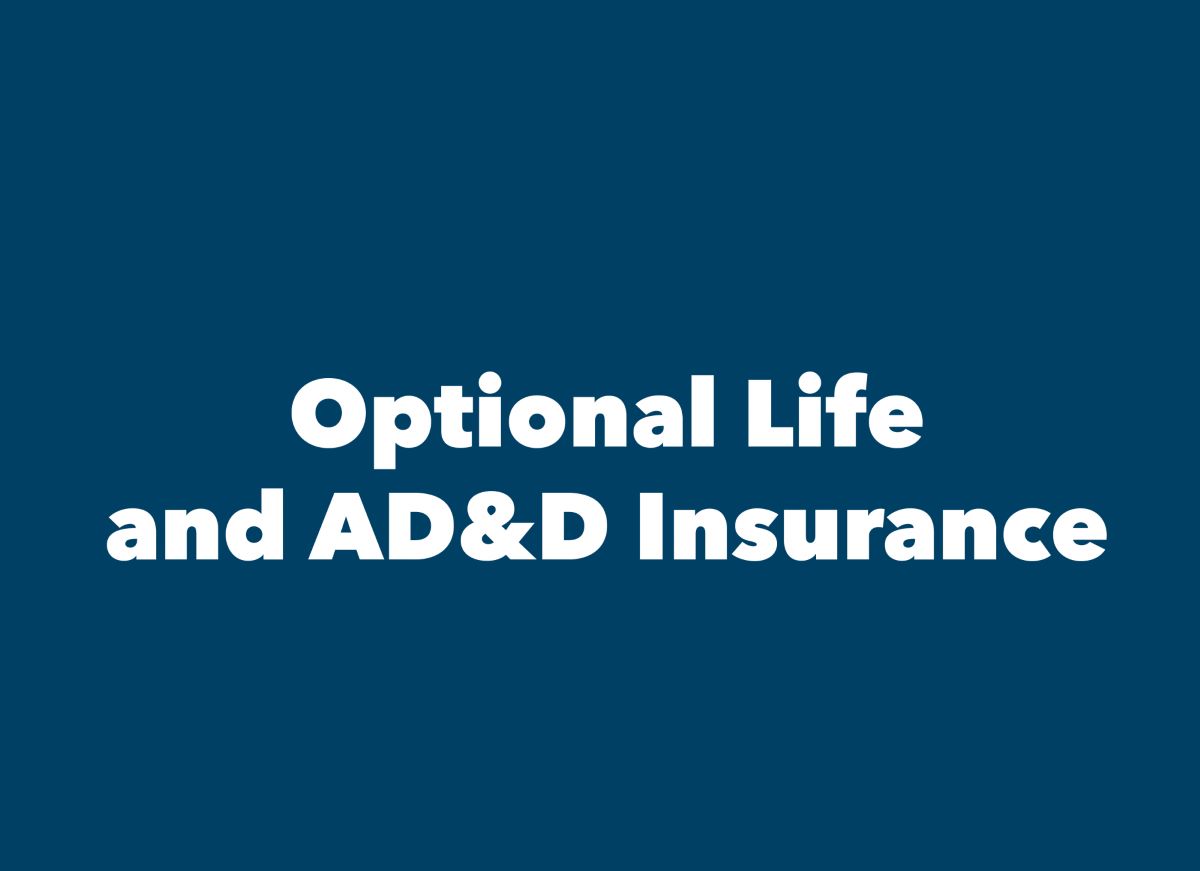Home>Finance>What Is The Minimum Payment On American Express Credit Card


Finance
What Is The Minimum Payment On American Express Credit Card
Published: February 26, 2024
Learn how to calculate and manage the minimum payment on your American Express credit card. Get expert advice on finance and credit card payments.
(Many of the links in this article redirect to a specific reviewed product. Your purchase of these products through affiliate links helps to generate commission for LiveWell, at no extra cost. Learn more)
Table of Contents
Introduction
The Minimum Payment Dilemma: What You Need to Know
When it comes to managing credit card debt, understanding the concept of minimum payments is crucial. Many credit cardholders may not fully comprehend the implications of making only the minimum payment each month, potentially leading to long-term financial challenges. In this comprehensive guide, we will delve into the intricacies of minimum payments on American Express credit cards, shedding light on their significance and the factors that influence them.
As credit card usage becomes increasingly prevalent in today’s society, it is important for consumers to grasp the nuances of managing their credit card debt effectively. American Express, a prominent player in the credit card industry, sets specific guidelines for minimum payments, which cardholders must comprehend to make informed financial decisions.
Throughout this article, we will explore the calculation of minimum payments, the factors that influence these payments, and the importance of exceeding the minimum payment requirement. By gaining a deeper understanding of these aspects, you can navigate the realm of credit card debt more adeptly and make informed decisions that align with your financial well-being.
Understanding Minimum Payments
Minimum payments represent the lowest amount a cardholder must pay toward their credit card balance each month to remain in good standing with the issuer. While this may seem like a convenient option for individuals facing financial constraints, it is essential to recognize the potential drawbacks associated with making only the minimum payment.
When cardholders opt to pay only the minimum amount due, they often incur substantial interest charges on the remaining balance. This can lead to a prolonged repayment period and significantly higher overall interest costs. Moreover, carrying a balance beyond the statement due date can negatively impact one’s credit score, potentially limiting access to favorable credit terms in the future.
It’s important to note that minimum payments typically consist of a small portion of the principal balance, along with any accrued interest and fees. As a result, prioritizing minimum payments alone may not effectively reduce the outstanding balance, perpetuating the cycle of debt accumulation.
Understanding the implications of minimum payments empowers cardholders to make informed choices regarding their financial obligations. By delving into the specifics of minimum payments, individuals can gain clarity on the long-term consequences of solely meeting the minimum payment requirements on their American Express credit cards.
Factors Affecting Minimum Payments
Several key factors influence the calculation of minimum payments on American Express credit cards, shaping the financial obligations of cardholders. Understanding these determinants is pivotal in comprehending the dynamics of minimum payments and their broader impact on personal finances.
1. Outstanding Balance: The total amount owed on the credit card, including both the principal balance and any accrued interest, significantly influences the minimum payment. As the outstanding balance increases, so does the minimum payment requirement, reflecting the higher repayment obligation.
2. Annual Percentage Rate (APR): The APR, which denotes the annual interest rate charged on the outstanding balance, plays a pivotal role in determining minimum payments. A higher APR leads to increased interest accumulation, consequently elevating the minimum payment amount.
3. Fees and Charges: Additional fees, such as late payment fees or over-limit charges, contribute to the total minimum payment. These supplementary expenses can augment the minimum payment due, warranting careful consideration of the associated costs.
4. Payment Terms: The specific terms outlined in the credit card agreement, including the minimum payment calculation method and any promotional offers, shape the minimum payment requirements. Cardholders must familiarize themselves with these terms to gauge their financial obligations accurately.
By recognizing the impact of these factors, cardholders can gain insights into the intricate interplay of financial elements that underpin the calculation of minimum payments on their American Express credit cards. This understanding empowers individuals to make informed decisions regarding their repayment strategies and overall financial management.
Calculating the Minimum Payment
Calculating the minimum payment on an American Express credit card involves a structured approach that considers various financial elements. While the specific methodology may vary based on the card issuer’s policies and the cardholder’s outstanding balance, understanding the general principles underlying minimum payment calculations is essential.
Typically, the minimum payment comprises a percentage of the outstanding balance, often ranging from 1% to 3% of the total amount owed. This percentage is determined by the card issuer and is specified in the credit card agreement. Additionally, the minimum payment may encompass any accrued interest for the billing cycle and any applicable fees, ensuring that cardholders address both the principal balance and the associated financial charges.
It is important to note that making only the minimum payment prolongs the repayment period and amplifies the overall interest costs, potentially impeding one’s journey toward financial freedom. By comprehending the minimum payment calculation process, cardholders can gain clarity on the financial implications of their repayment decisions and explore strategies to mitigate long-term interest burdens.
Furthermore, as the outstanding balance and associated interest charges fluctuate, the minimum payment amount will also vary from month to month. Cardholders should remain cognizant of these fluctuations and strive to manage their credit card debt proactively, aiming to exceed the minimum payment requirement whenever feasible.
By delving into the intricacies of minimum payment calculations, individuals can equip themselves with the knowledge needed to navigate their credit card obligations adeptly, fostering sound financial practices and informed decision-making.
Importance of Making More Than the Minimum Payment
While meeting the minimum payment requirement on an American Express credit card is essential for maintaining good standing, it is equally crucial for cardholders to recognize the significance of exceeding the minimum payment whenever possible. By surpassing the minimum payment threshold, individuals can unlock a myriad of benefits that contribute to their long-term financial well-being.
1. Accelerated Debt Repayment: Making additional payments beyond the minimum requirement enables cardholders to expedite the reduction of their outstanding balance. By allocating more funds toward debt repayment, individuals can shorten the repayment period and minimize the total interest accrued, ultimately achieving financial freedom sooner.
2. Interest Savings: Exceeding the minimum payment translates to reduced interest costs over time. By chipping away at the principal balance more aggressively, cardholders can mitigate the impact of compounding interest, leading to substantial long-term savings.
3. Credit Score Enhancement: Consistently making more than the minimum payment reflects positively on one’s credit utilization ratio and payment history, key factors influencing credit scores. This proactive approach to debt management can bolster creditworthiness and pave the way for favorable credit terms in the future.
4. Financial Empowerment: By surpassing the minimum payment requirement, individuals assert greater control over their financial trajectory. This proactive stance fosters a sense of empowerment and cultivates disciplined financial habits, positioning cardholders for enhanced financial stability.
It is imperative for cardholders to recognize that while meeting the minimum payment is crucial, striving to exceed this threshold yields multifaceted advantages that extend beyond mere debt servicing. By embracing a proactive approach to debt repayment, individuals can chart a course toward financial resilience and long-term prosperity.
Conclusion
In conclusion, comprehending the intricacies of minimum payments on American Express credit cards is pivotal for individuals seeking to navigate the realm of credit card debt effectively. By unraveling the nuances of minimum payments, cardholders can make informed decisions that align with their financial goals and overall well-being.
It is imperative for individuals to grasp the potential ramifications of solely meeting the minimum payment requirement, as this approach can lead to prolonged debt repayment periods and heightened interest costs. By understanding the factors that influence minimum payments and the calculation methodology employed by credit card issuers, cardholders can gain clarity on their financial obligations and explore strategies to mitigate long-term interest burdens.
Moreover, recognizing the importance of making more than the minimum payment is paramount. By exceeding the minimum payment threshold, individuals can expedite debt repayment, minimize interest costs, enhance their creditworthiness, and foster a proactive stance toward financial empowerment.
Ultimately, a comprehensive understanding of minimum payments empowers individuals to make informed decisions, adopt disciplined financial practices, and embark on a journey toward sustained financial resilience. By leveraging this knowledge, cardholders can navigate their credit card obligations adeptly, paving the way for enhanced financial stability and long-term prosperity.














